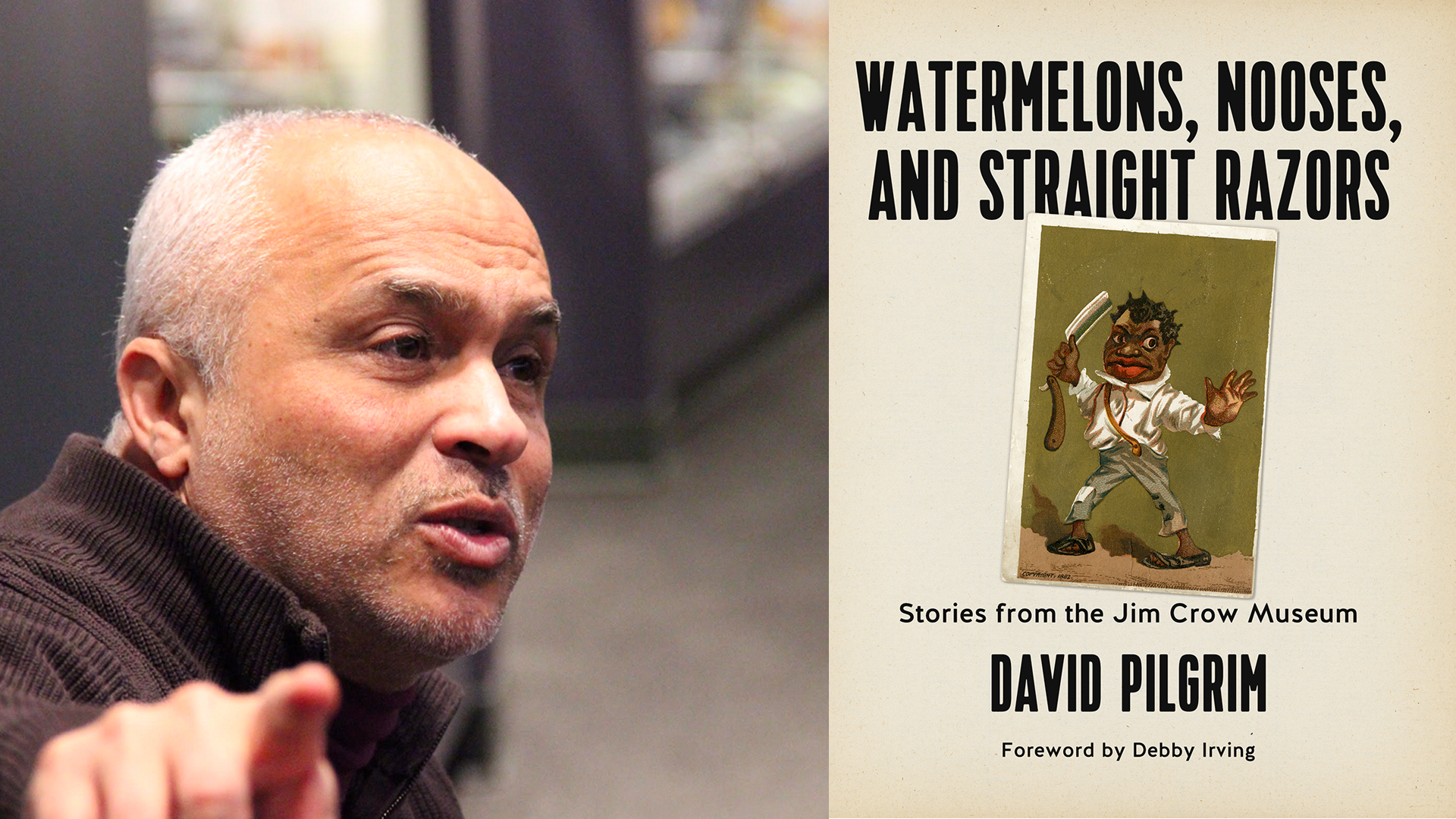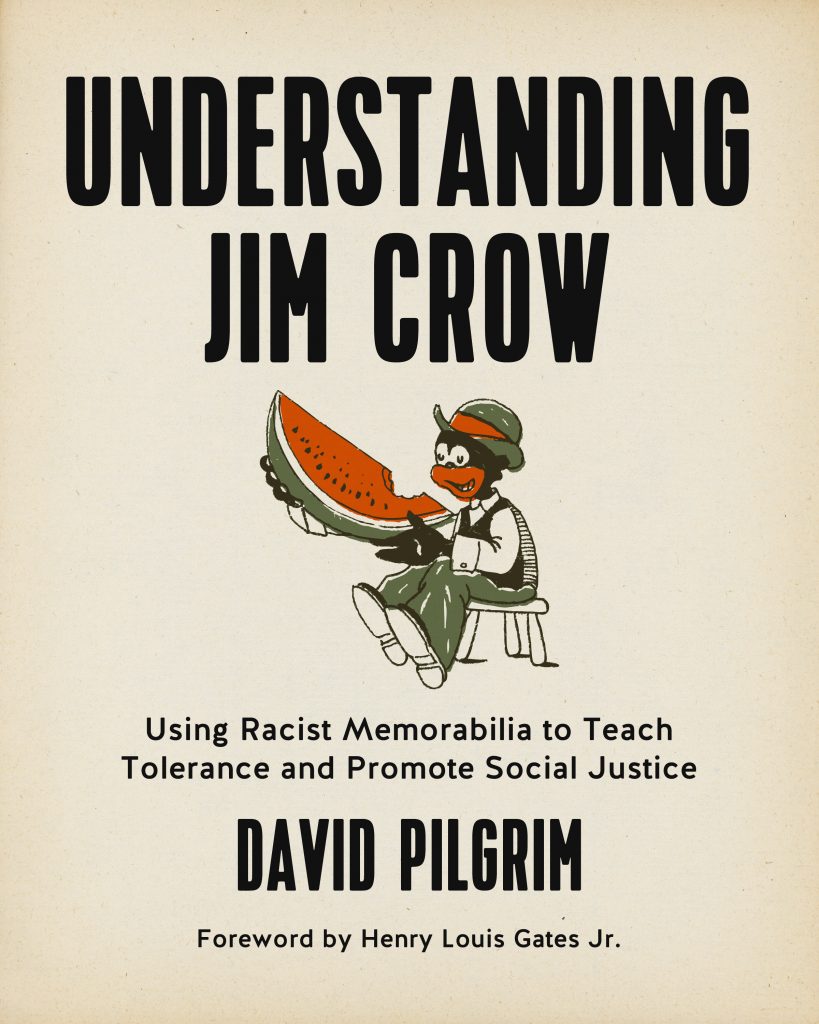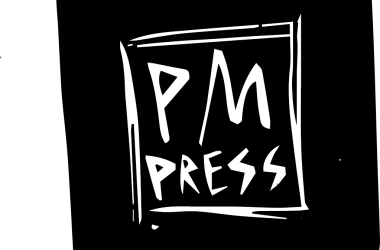By Bill Castanier
Lansing City Pulse
October 31st, 2019
Last week, what appeared to be a toilet paper noose was hung on the dormitory door of two black students at Michigan State University. The same week on Twitter, President Donald Trump described his impeachment as a “lynching” and was buoyed by his defender-in-chief and Judiciary Committee Chair, Sen. Lindsey Graham, R-SC.
Was the tangled toilet paper an innocent Halloween prank or an example of racial intimidation? Was the president’s statement just ignorant or another visage of the nation’s Jim Crow legacy? David Pilgrim, founding curator of the Jim Crow Museum at Ferris State University, has written two books that reference using the collection as an educational tool in classrooms.
“I grew up in the deep South and began collecting Jim Crow items when I was a teenager. By the time I got to college, my hobby merged with my professional career and I began using the objects in the classroom,” Pilgrim said.
In “Understanding Jim Crow: Using Objects of Intolerance to Teach Tolerance” and “Watermelons, Nooses and Straight Razors: Stories from the Jim Crow Museum” Pilgrim explores objects of racism in American culture and how they shape prejudice.
The museum curator will be in the Michigan Room at Lansing Community College at 11:30 a.m. Tuesday (Nov. 5) for a presentation on the Jim Crow Museum and its collection of 11,000 objects from the era. The program is part of the College’s recognition of the 400th anniversary of slavery in the United States. Reservations are required.
Pilgrim said that the term “lynching” holds too much historical significance that writing off its misuse as mere folly is dismissive.
“Every time someone uses a lynching metaphor, my first reaction is it insults the 4,000-plus African Americans who were lynched in this country and it shows ignorance about what real lynchings are,” he said.
In the museum’s holdings are numerous examples of what Pilgrim calls “lynching souvenirs,” including horrific photographic postcards showing lynchings that were mailed across the United States.
Pilgrim recalls when he first approached Ferris State in 1996 “to give me a little space to store items and bring in 15-20 students.” He donated his personal collection of more than 2,000 items.
“It was 2012 before we were able to move in to a museum proper,” he said. Since then, donations of Jim Crow items have poured into the museum. There are mammy salt and pepper shakers, original “Colored Only” signs, KKK regalia, black jockeys and an almost unimaginable array of items that were meant to demean and intimidate.
One woman donated a “colored only” sign she stole while in the South as a way to protest segregation.
“We have been getting collections from people all over the country,” he said.
Most recently, 100 original photographs by Civil Rights photographer Bruce Davison were donated to the museum. The collection contains “some of the most iconic images of the Civil Rights Movement,” Pilgrim said.
The museum has received national and international acclaim from historians, including a spot on the PBS series “The African Americans: Many Rivers to Cross,” narrated by Henry Louis Gates Jr. Pilgrim said an online segment on “Vice” resulted in 20 million viewers and thousands of items were donated to the museum, which is bursting at the seams.
The Jim Crow Museum also has items that deal with the stereotyping of women, poverty, homosexuality, Jewish Americans, Native Americans, Mexican Americans, and Asian Americans. Two travelling exhibits are also available for rental. For example, “Hateful Things,” provides images of objects from the museum, while providing historical context about their past and present significance.
The Jim Crow Museum, 1010 Campus Drive, Big Rapids is open from noon-5 p.m., Tuesday-Friday and groups of more than 15 should schedule an appointment.
More information is at ferris.edu/jimcrow.







